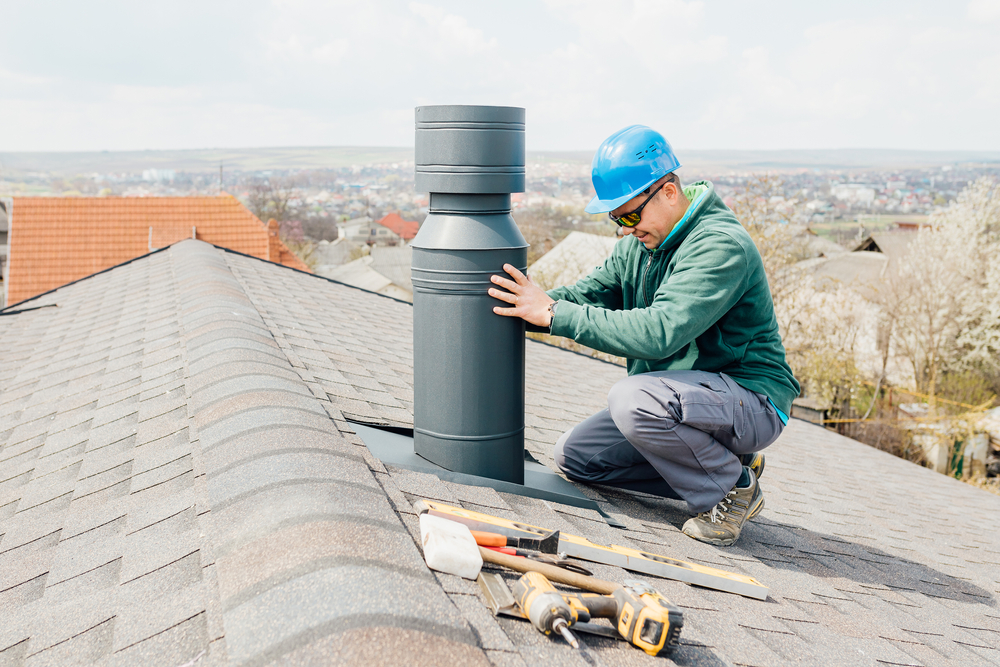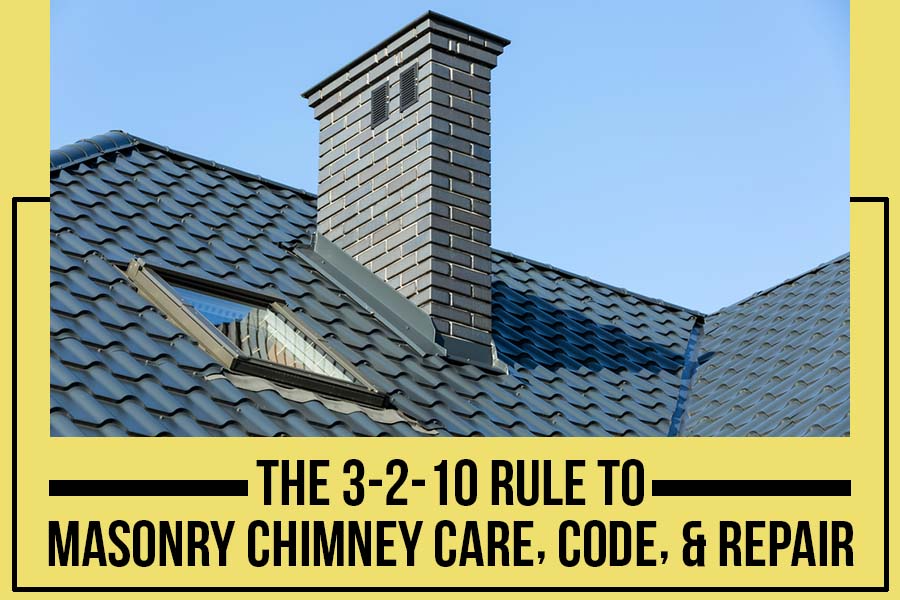Key Takeaways:
- The 3-2-10 rule stipulates that a chimney must extend three feet above any roof penetration, be at least two feet higher than any structure within ten feet, and meet local building codes.
- Proper chimney maintenance is crucial to prevent expensive repairs or even the collapse of the chimney.
- Homeowners should have their chimneys inspected and cleaned regularly by certified chimney sweeps to prevent creosote buildup and chimney fires.
- Choosing suitable materials for the chimney can impact its safety, durability, and longevity.
- Proper support for a masonry chimney is essential to prevent collapse, which can cause significant damage, injury, or death.
- The National Fire Protection Association provides guidelines for chimney construction and maintenance that homeowners should be familiar with.
- Ignoring signs of chimney damage, such as cracks or loose bricks, can lead to more significant problems and costly repairs.
- Regular maintenance and timely repairs can prevent more significant damage, such as chimney collapse or house fires.
- Purcell’s Paving and Masonry is ideal for homeowners who need chimney repair services, thanks to their experience, reliability, quality materials, and affordability.
A masonry chimney is a crucial component of many homes used to vent fireplaces, wood stoves, and other heating appliances. As with any home system, it requires regular maintenance and care to function efficiently and safely. The 3-2-10 rule is a set of guidelines for homeowners and contractors to maintain their masonry chimneys. This blog post will discuss the 3-2-10 rule’s significance in masonry chimney care.
The 3-2-10 Rule
The 3-2-10 chimney care rule for masonry chimneys specifies that the shortest side should be at least 3 feet above the roof penetration. This is to ensure that the chimney is high enough to allow smoke and gases to escape safely without causing any damage to the roof or nearby combustible materials. The chimney’s top should be at least 2 feet higher than any part of the structure within 10 feet. This is to prevent downdrafts and to ensure that smoke and gases do not enter the building’s interior. Following the 3-2-10 rule can help prevent chimney-related accidents, including fires, carbon monoxide poisoning, and structural damage.
Regular Inspections are Necessary
It’s also essential to have regular inspections of your chimney. The Chimney Safety Institute of America (CSIA) recommends that homeowners have their chimneys inspected annually by a certified chimney sweep. During the inspection, the chimney sweep will examine the chimney’s interior and exterior for damage, such as cracks, corrosion, and creosote buildup. The sweep will also check the chimney’s flue liner, which is vital in containing and venting dangerous gases. If any damage or problems are found, the chimney sweep will recommend necessary repairs or maintenance to keep the chimney functioning safely and efficiently.
Properly Seal Your Chimney
One crucial aspect of maintaining a masonry chimney is ensuring that it is properly sealed and waterproofed. Water damage is a typical issue that can lead to structural damage, including cracks and deterioration. Water can enter the chimney through small cracks or gaps in the masonry, so it’s essential to have the chimney inspected and sealed regularly. A professional chimney sweep can apply a waterproofing sealant to the chimney’s exterior, protecting it from water damage and extending its lifespan.
Ensure Proper Ventilation
Another vital aspect of masonry chimney care is proper ventilation. Proper ventilation helps prevent the buildup of dangerous gases inside the home, such as carbon monoxide. Carbon monoxide is a colorless, odorless gas that can be lethal in high concentrations. A chimney sweep can inspect the chimney’s ventilation system and recommend necessary repairs or upgrades, such as installing a carbon monoxide detector or improving the ventilation airflow.
Regularly Maintain Your Chimney
Repairing a masonry chimney is often a complex and costly process. Therefore, regular maintenance and timely repairs are essential to prevent more significant issues and ensure proper chimney care. If you notice any signs of damage, such as cracks or loose bricks, it’s essential to address them immediately. Failure to address these issues can lead to more significant damage, such as chimney collapse or house fires. In some cases, chimney repairs may require the replacement of the entire chimney, which can be costly and time-consuming.
Buildup of Creosote
One common issue with masonry chimneys is the buildup of creosote. Creosote is a flammable substance inside the chimney due to incomplete combustion. Over time, creosote can ignite and cause chimney fires, leading to significant damage and even loss of life. To prevent creosote buildup, homeowners should burn only dry, seasoned wood and have their chimneys inspected and cleaned routinely by a certified chimney sweep.
Use the Best Materials
The materials used in building a masonry chimney play a significant role in its safety and longevity. Traditionally, masonry chimneys were constructed using brick and mortar, but modern chimneys can be built using other materials, such as concrete blocks or steel. Each material has advantages and disadvantages in terms of cost, durability, and safety. It’s essential to consult with a professional chimney contractor to determine which material is best suited for your needs and budget.
Ensure Proper Support
Another critical aspect of masonry chimney care is ensuring that it is properly supported. A poorly supported chimney can collapse, causing significant damage, injury, or death. The support system for a masonry chimney typically consists of a concrete footing and a metal chimney support bracket. The support system must withstand the weight of the chimney and the forces of wind and seismic activity.

Other Codes and Regulations
In addition to the 3-2-10 rule, some other codes and regulations govern masonry chimney construction and maintenance. The National Fire Protection Association (NFPA) provides guidelines for chimney design, construction, and maintenance. Homeowners should familiarize themselves with these codes and regulations to ensure their chimneys are up to code and safe to use.
Conclusion
Following the 3-2-10 chimney care rule and having regular chimney inspections by a certified chimney sweep are crucial steps in maintaining a masonry chimney. Proper sealing, waterproofing, and ventilation are also essential for masonry chimney care. By following these guidelines and having regular maintenance, homeowners can ensure that their chimney functions safely and efficiently for years to come. If you have any concerns about your chimney’s condition or need an inspection, contact a professional sweep today to schedule an appointment.
Related: What to ask your masonry contractor before hiring?
Purcell’s Paving and Masonry is ideal for homeowners in Short Hills, NJ, who require chimney repair services. With years of experience, we have established ourselves as a reliable and reputable contractor that provides high-quality services. We have skilled professionals well-versed in masonry chimney repair, maintenance, and construction. Our services are affordable, and we use only the highest quality materials to ensure that our clients receive the best value for their money.
Get a free estimate today!
Posted in Purcell’s Paving And Masonry Blog | Comments Off

